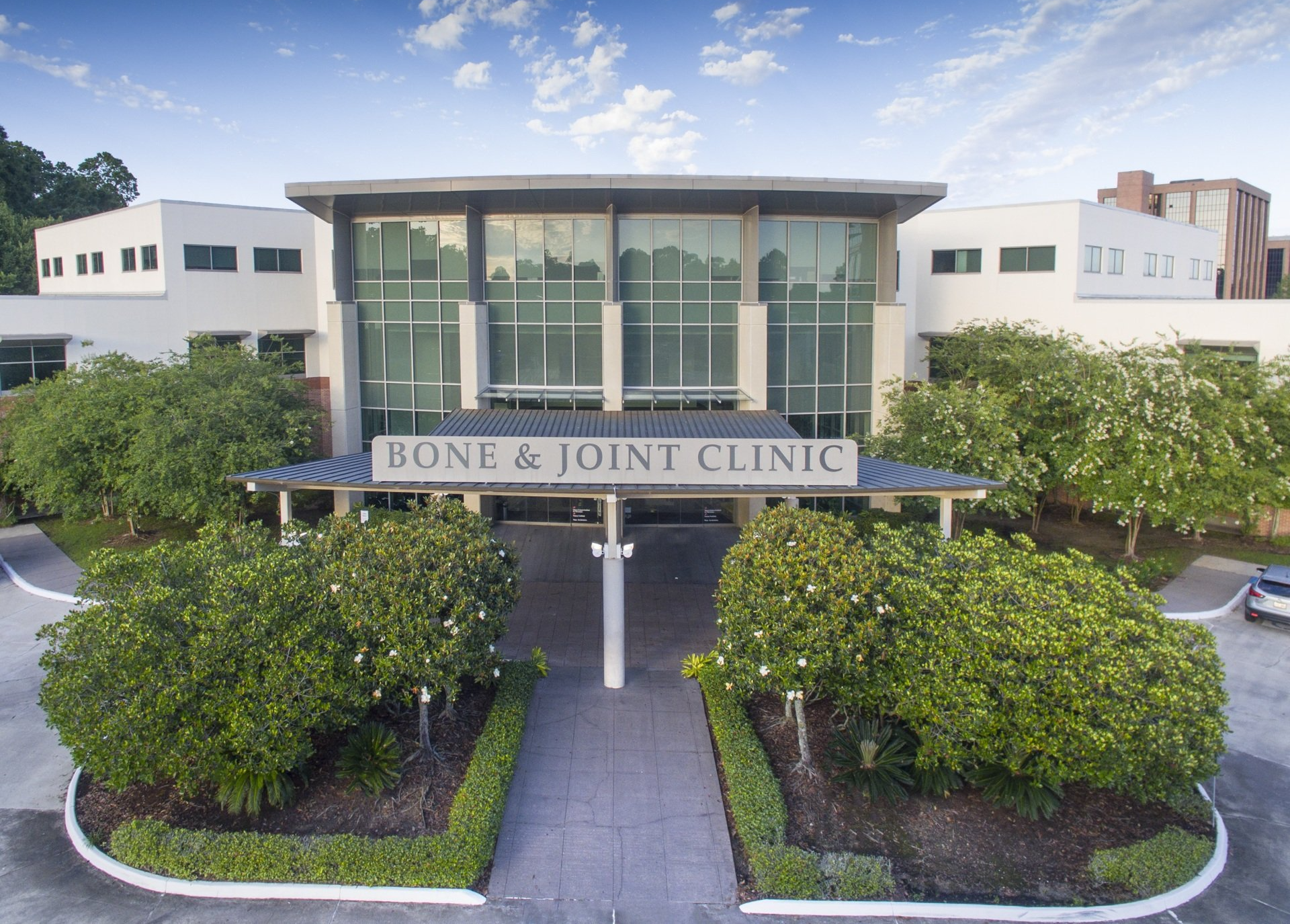Your rotator cuff is not the shoulder joint itself. Rather, it is the connective tissue of muscles and tendons that support the joint, holding it in place, and allowing it to move freely. When a doctor mentions a rotator cuff injury, they could actually be referring to many different forms of injury which have the potential to impact this collection of tendons and muscles. Which specific condition a patient has will determine key factors like treatment method and recovery time.
Tendinitis of the Shoulder
In the mildest cases of rotator cuff injury, tendinitis is often to blame. This is inflammation of the tendons in the shoulder and is often the results of repetitive stress. Individuals who must frequently lift their arms overheard are at risk for developing shoulder tendinitis, as are athletes such as pitchers, swimmers, and volleyball players. Treatment for the condition may consist of nonsteroidal anti-inflammatories (NSAIDs) for pain, physical therapy, and cortisone injections.
Bursitis of the Shoulder
In between the shoulder joint and the tendons that support it are fluid-filled sacs called bursa. These sacs help prevent friction and allow for smooth shoulder movement. However, in the case of bursitis, the sacs become irritated or inflamed.
There are three possible types of bursitis. Most common is chronic bursitis which is the result of long-term wear and tear. Chronic bursitis may also be diagnosed in those with other health conditions such as diabetes or rheumatoid arthritis. Infected bursitis is the second form and most serious, as it is the result of a bacterial infection. The final and least common form of bursitis is traumatic or acute and is most likely to be observed in athletes.
In most cases of bursitis, rest, over-the-counter pain medications and possible orthopedic physical therapy are all that is required. However, if infected or traumatic bursitis exists, the bursa will likely need to be aspirated to remove blood and fluid. Instances of infected bursitis will require the use of antibiotics to clear the infection as well.
Rotator Cuff Tendon Rupture
While the tendons of the shoulder are strong and durable, they are also at risk of partial or full tears in the event of acute trauma or repetitive strain. Depending on the severity of the tear, patients may experience pain, weakness, shoulder instability, and inability to move the shoulder naturally. Most rotator cuff tears will be treatable with conservative methods including rest, immobilization, physical therapy, NSAIDs, and steroid injections. For complete or more complex tears, arthroscopic shoulder surgery may be warranted.
Shoulder Impingement
Impingement in the shoulder occurs when part of the rotator cuff rubs or catches on part of the shoulder joint. This causes increasing damage to the muscle or tendon, contributing to worsening pain and swelling. Left untreated, impingement also increases the likelihood of a tear. It is believed that shoulder impingement accounts for the majority of shoulder-related patient complaints. As with other conditions, typical treatment methods include rest, orthopedic physical therapy, NSAIDs, and injections. If these techniques do not provide adequate relief, surgery may be considered.
Shoulder Surgeons in Baton Rouge
The Bone and Joint Clinic of Baton Rouge is home to some of the area’s best orthopedic surgeons, including those who specialize in the shoulder. If you are suffering from pain, weakness, instability, or any other shoulder-related symptom, contact our office today to schedule an appointment with one of these exceptional physicians.




